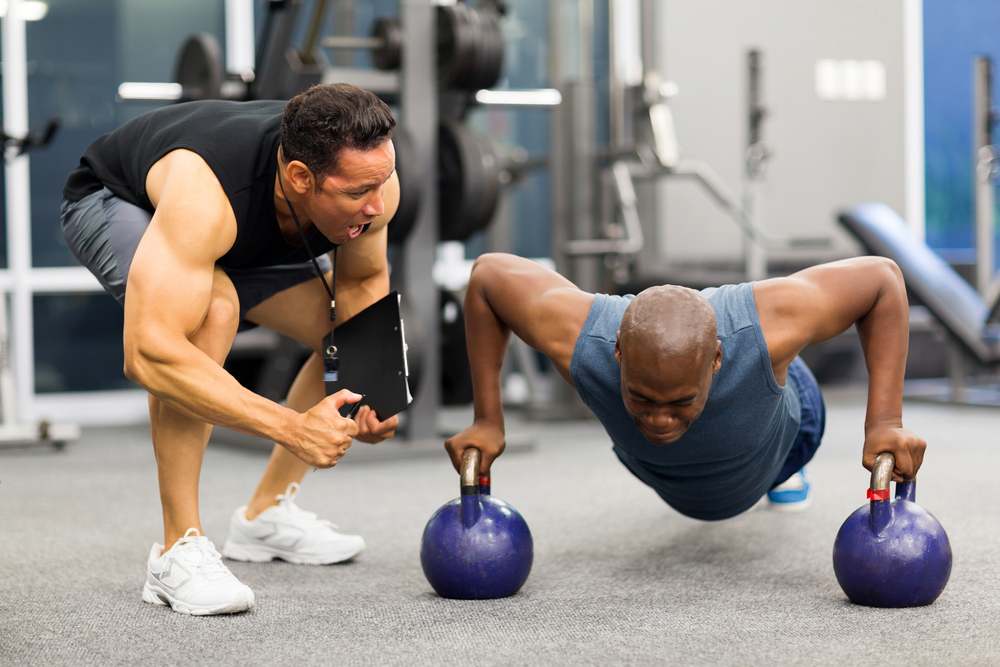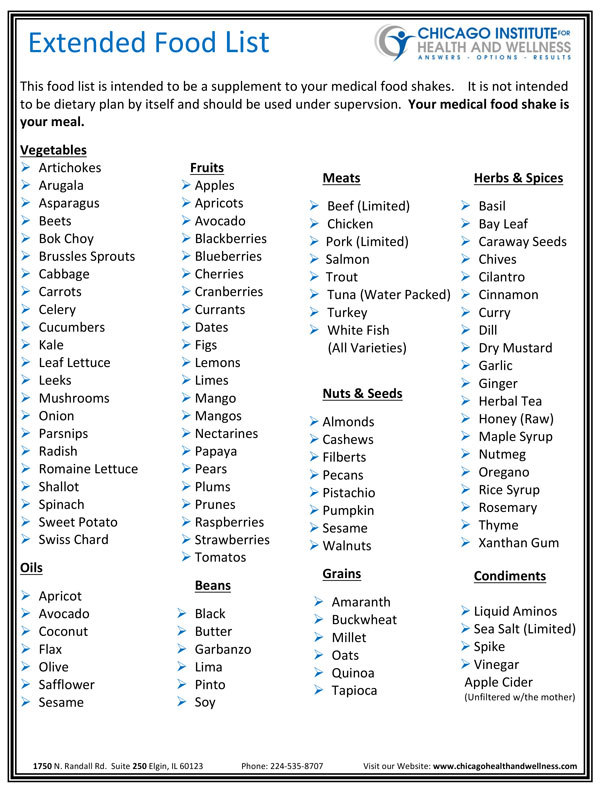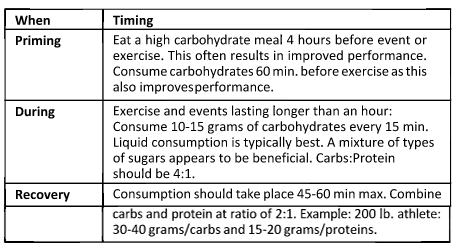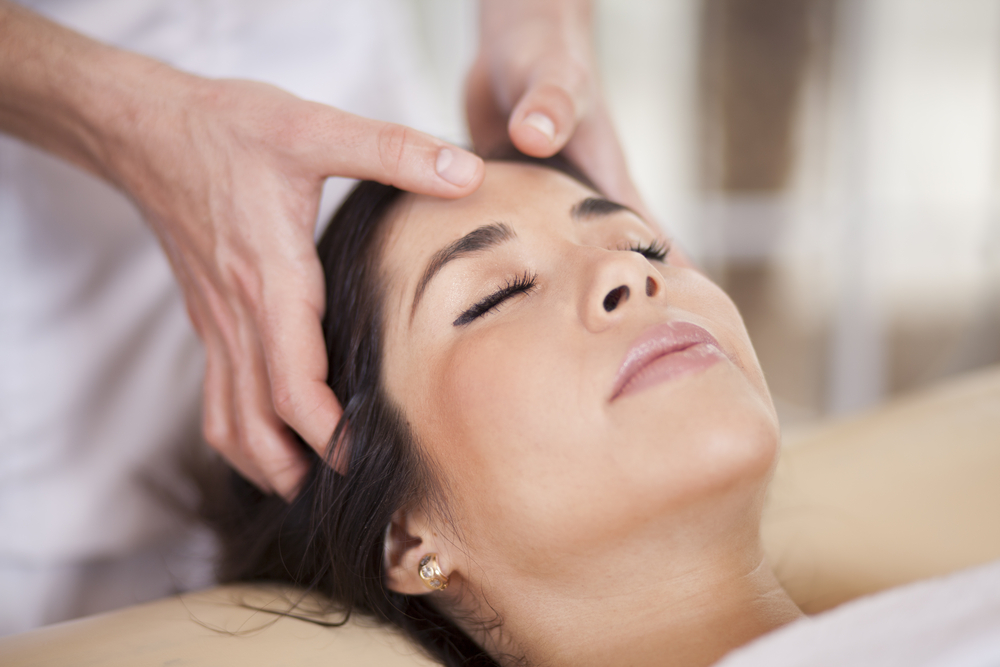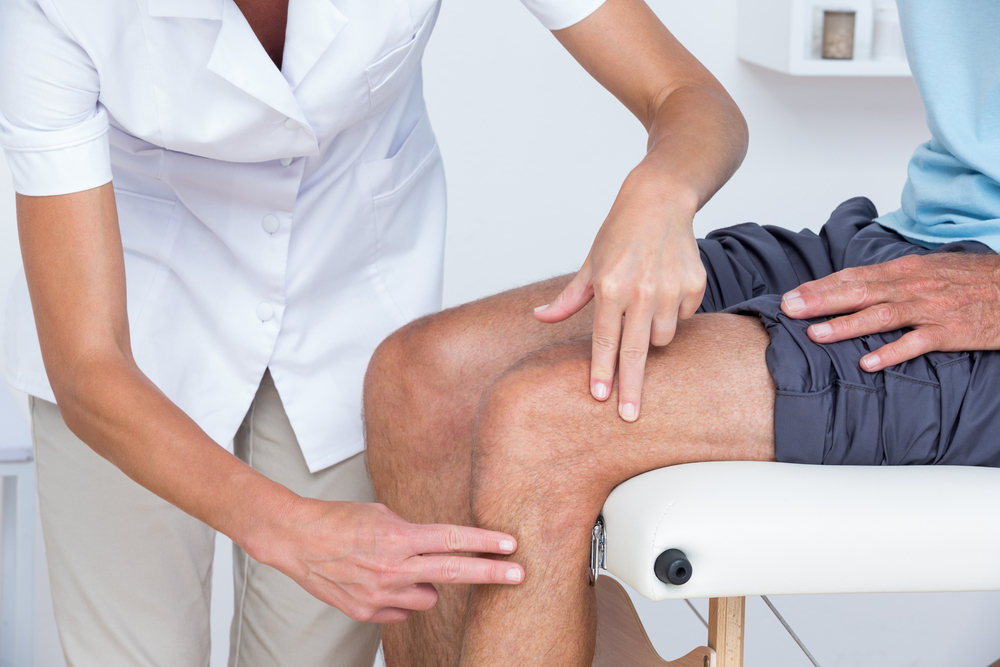From my viewpoint as a Chiropractic Physician who sees injuries daily, I think that statement is extraordinarily accurate. Wouldn’t you rather know how to prevent an injury than to deal with one after the fact, when you are in pain and suffering?
Whatever your answer is, do not worry. This book will take care of both situations. Here we’ll consider it all; from food to form and function. We’ll help you in every way, to put it all together for both the athletically inclined and for those who just want to get healthier.
Let’s analyze what’s required to prevent injuries in different situations.
The risk of injury will be significantly reduced by completing an effective warm up consisting of exercises that increase your heart rate and get your pulse up, followed by sport-specific, dynamic stretches (stretches while moving).
To further reduce the risk of injury:
- Eat correctly for your body and your sport!
- Apply Neuro-Stabilization Training.
- Receive proper coaching.
- Take at least 1 day off per week from your particular sport activity to permit the body to recover from the stresses.
- Use the right gear. You need to wear proper protective equipment such as pads (neck, shoulder, elbow, chest, knee, shin), helmets, mouthpieces, face guards, protective cups, and/or eyewear. This is basic, and younger athletes shouldn’t believe that protective gear protects them from performing dangerous or unwise activities. Nothing protects us from our own stupidity when we show off to others
- Build your muscles. Performing conditioning exercises before games and during practice strengthens your muscles that get stressed during the game.
- Improve your overall flexibility. Stretches before and after games or practices tend to benefit your body by increasing flexibility.
- Use proper playing technique. This must be reinforced during the playing season and coaches must enforce this for player longevity.
- Take breaks. Your body needs rest periods during practice and during games. These will reduce injuries and prevent heat illnesses.
- Follow safety rules. Certain sports have ‘rules’ for safety including no headfirst sliding (softball and baseball), spearing (football), and body checking (ice hockey).
- Avoid injuries from heat by drinking plenty of fluids before, during and after exercise or games.
- Decrease or stop practices or competitions during high heat/ humidity periods.
- Wear light clothing during brutally hot weather.
- And, above all, stop the activity if there is pain.
Prevention is something that all athletes can grasp. No one wants to get hurt: of course not. But no one can guarantee that reading this book will ever stop you from getting hurt. What will happen (hopefully) is that you will learn how to take care of yourself if you do get hurt and maybe how to make sure it doesn’t ever happen again. No matter what sport, activity or walk of life you work in, I think we can all agree on preparedness and care as beneficial toward prevention.
by Dr. Thomas M. Mitchell, D.C., CCSP | Owner, Clinic Director Chicago Institute for Health and Wellness Copyright © 2013
read more
